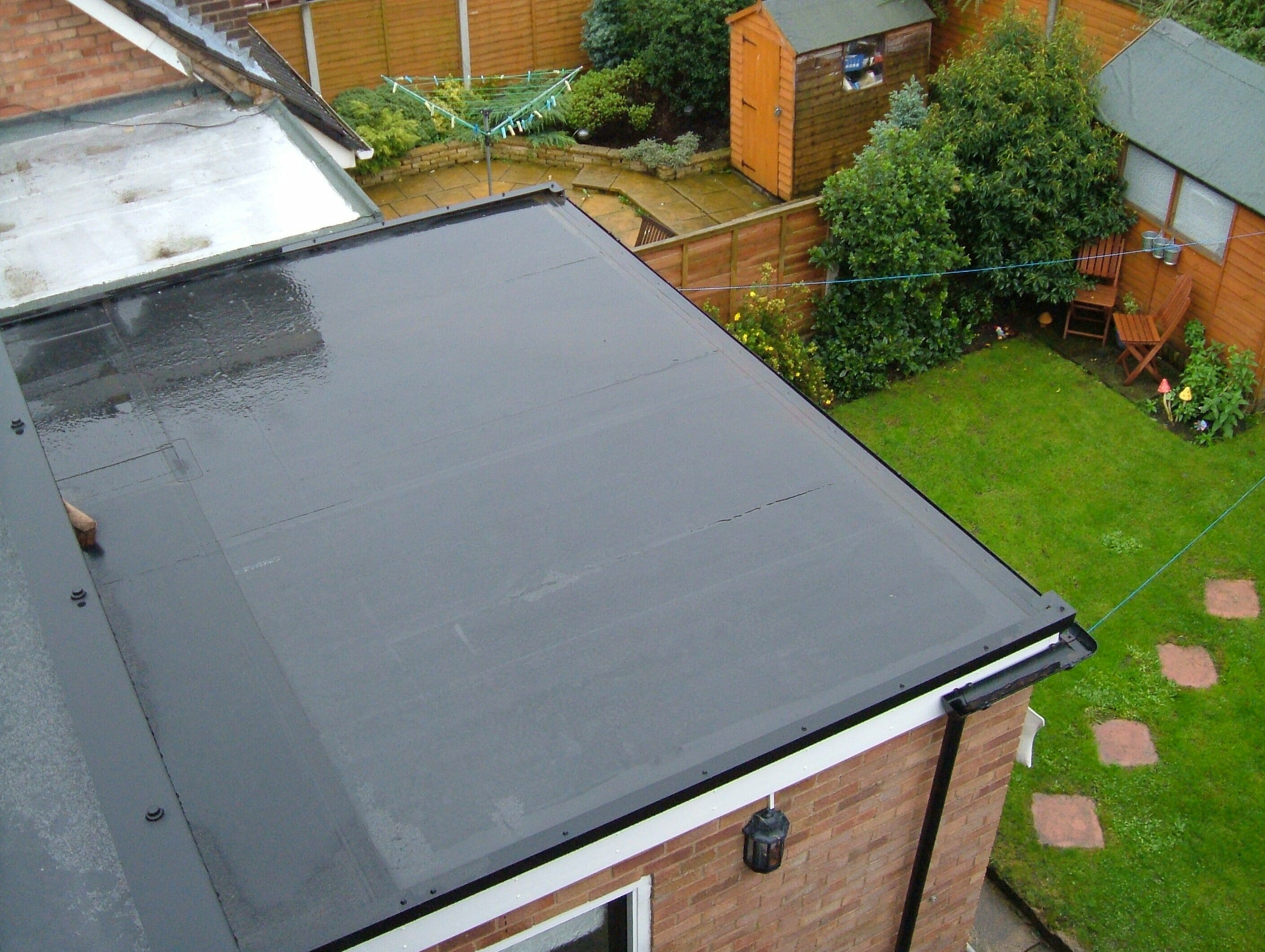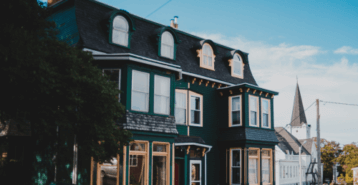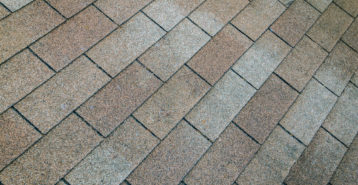What Is a Gable Roof?
A gable roof is one of the most common roof styles. It’s easy to spot by its triangular shape. Imagine a simple rectangular house with two sloping sides that meet at a peak — those sides form the gables.
This roof style has been around for centuries. The Ancient Greeks used it, and it became popular in Europe before making its way to the U.S. Today, it’s still a top choice because it’s affordable, easy to build, and works well with prefabricated trusses.
Gable roofs come in different slopes, called pitches. A 3:12 pitch means the roof rises 3 inches for every foot it extends. Most have pitches between 3:12 and 6:12, which are easier to build and maintain.
Styles of Gable Roof
There are several styles of this roof type. Each design offers unique benefits and visual appeal depending on your home’s layout and location.
Open Gable
This is the most basic and widely used gable design. The triangular shape is fully visible at the sides of the home. It’s straightforward to build, especially when using identical manufactured trusses.
Cross Gabled
This style features two or more gable rooflines that intersect, often forming valleys where the slopes meet. It’s ideal for homes with a more complex layout, like additions or separate wings.
Gambrel
A gambrel roof has two slopes on each side, with the lower slope steeper than the upper one. It provides additional headroom or attic space, often seen in barns and Dutch Colonial homes.
Box Gable
This design is similar to an open gable, but with boxed-in eaves that extend slightly beyond the walls. The box shape emphasizes the gable’s triangular form for extra curb appeal.
Dutch Gable
A Dutch gable combines a hip roof with a small gable on top. It offers more loft space and can include windows for natural light. These roofs are more complex and may require extra planning.
Saltbox Gable
This asymmetrical roof features one short slope and one long slope, giving the home a “lean-to” look. It’s commonly found in Colonial-style architecture and works well in snowy regions.
Best Materials for Gable Roofs
Gable roofs work with nearly any roofing material. Your choice often depends on your budget, climate, and desired look.
Popular options include:
- Asphalt shingles: Affordable and easy to install.
- Metal roofing: Durable and great for snow and rain runoff.
- Clay or concrete tiles: Stylish and long-lasting, especially in hot climates.
- Wood shakes or shingles: Natural aesthetic, though they require more upkeep.
- Slate: A premium option with excellent longevity, but heavy and expensive.
When selecting materials, consider your region’s weather, maintenance requirements, the roofing cost, and your preferred style.
Cost of a Gable Roof
Gable roofs are among the most cost-effective roofing styles due to their simple construction.
The average cost to build a gable roof is $6 to $9 per square foot, or $9,000 to $13,500 for a 1,500-square-foot home. Factors that can impact your price include:
- Roof and home size
- Type of gable design
- Local labor costs
- Roofing material choices
- Site accessibility
- Snow and wind load requirements
More complex designs — like Dutch or cross gables — will increase labor and material costs. In higher-cost areas, prices can reach $12 or more per square foot.
Use the free Roofing Cost Calculator to get a personalized estimate based on your location and material preferences.
Gable Roof vs. Hip Roof
While both styles are popular, gable and hip roofs differ in shape and performance:
- Gable Roof: Features two sloped sides and open ends (gables). Easier and cheaper to build. Excellent for snow and rain runoff.
- Hip Roof: Has slopes on all four sides, meeting at a ridge. More stable in high-wind areas but more expensive to construct.
Gable roofs are better for simplicity and attic space, while hip roofs offer more durability in extreme weather.
Advantages and Disadvantages of a Gable Roof
Gable roofs are a favorite among homeowners for their versatility and ease of construction. But like any home feature, they come with pros and cons. Here’s a closer look at what makes gable roofs a smart choice — and where they may fall short.
Advantages
Gable roofs offer several practical and aesthetic benefits, making them a reliable option for many home styles and regions:
- Easy to build. Most gable roofs can be framed in a single day using trusses.
- Cost-effective. Fewer materials and less labor make this an affordable option.
- Good drainage. Steep slopes shed rain and snow quickly.
- Extra storage. Higher-pitched gables allow for usable attic space or even finished lofts.
- Flexible design. Gable roofs complement many home styles, from Colonial to contemporary.
Disadvantages
While gable roofs are efficient and attractive, they may not be ideal for every climate or design:
- Wind vulnerability. In hurricane-prone areas, tall gables can catch wind and may require reinforcement.
- Maintenance needs. Without proper bracing, uplift during storms can damage the structure.
- Complex designs cost more. Adding features like dormers, hips, or cross gables increases costs and construction time.






